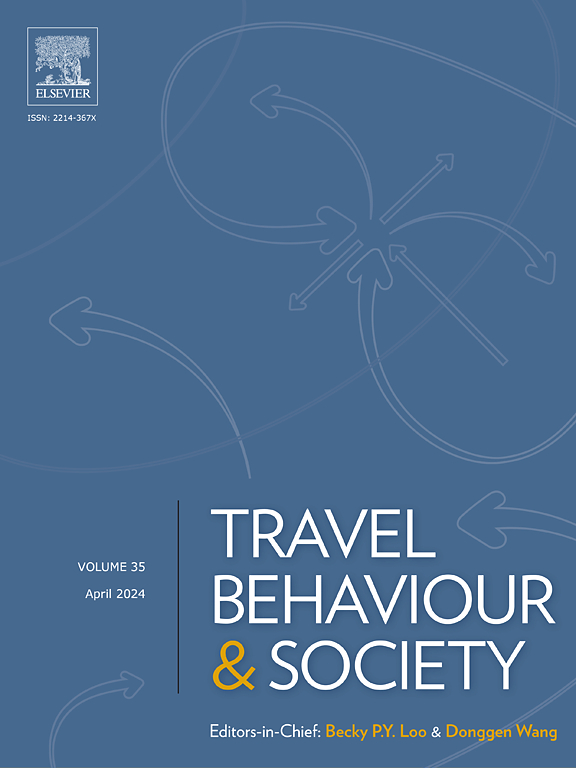道德在哪里?自动驾驶汽车伦理困境下大语言模型驱动决策的解码
IF 5.7
2区 工程技术
Q1 TRANSPORTATION
引用次数: 0
摘要
大型语言模型由于其在理解、知识合成和生成上下文相关响应方面的能力,模仿人类推理的某些方面,而引起了全球的关注。尽管法学硕士已经证明了在模拟和现实环境中执行自动驾驶任务的可行性,但人们对其安全性和道德决策知之甚少。为了解决这些问题,我们提出了一个新的框架来评估和解释llm驱动的自动驾驶汽车的伦理决策机制。受道德机器实验的启发,我们研究了优先拯救行人或乘客的伦理困境。我们使用了一项声明偏好调查,包括群体规模、年龄、性别、死亡风险和行人行为等因素,创建了13122个选择场景(全因子设计)来分析高级llm的反应,包括OpenAI的GPT-4系列模型和Mistral AI的Mistral- large模型。我们的研究结果揭示了这些llm在决策过程和拯救道路使用者的偏好方面存在显著差异。使用二元logit模型来解释GPT-4的决策,我们发现估计的死亡人数、年龄和性别显著影响模型的选择。决策树方法还用于分析法学硕士的决策过程,揭示模型考虑的潜在道德标准和条件。这项研究为人工智能系统的伦理考虑提供了有价值的见解,从而促进了自动驾驶汽车中人工智能的负责任发展。本文章由计算机程序翻译,如有差异,请以英文原文为准。
Where is morality on wheels? Decoding large language model (LLM)-driven decision in the ethical dilemmas of autonomous vehicles
Large Language Models have attracted global attention due to their capabilities in understanding, knowledge synthesis, and generating contextually relevant responses, mimicking certain aspects of human reasoning. Although LLMs have demonstrated feasibility in performing autonomous driving tasks in simulated and real-world environments, little is known about their safety and ethical decision-making. To address these questions, we propose a novel framework for evaluating and interpreting the ethical decision-making mechanism of LLM-driven autonomous vehicles. Our study investigates the ethical dilemma of prioritizing saving pedestrians or passengers inspired by the Moral Machine Experiment. We used a stated preference survey to include factors of group size, age, gender, fatality risk, and pedestrian behavior to create 13,122 choice scenarios (a full factorial design) to analyze responses from advanced LLMs, including the GPT-4 series models from OpenAI and Mistral-Large from Mistral AI. Our findings reveal significant differences in the decision-making process and preferences for saving road users among these LLMs. Using a binary logit model to interpret GPT-4′s decisions, we found that the estimated number of deaths, age, and gender significantly affect the model’s choices. The decision tree method was also applied to analyze LLMs’ decision-making processes, uncovering potential ethical standards and conditions considered by the models. This study provides valuable insights into ethical considerations in AI systems and thus facilitates the responsible development of AI in autonomous vehicles.
求助全文
通过发布文献求助,成功后即可免费获取论文全文。
去求助
来源期刊

Travel Behaviour and Society
TRANSPORTATION-
CiteScore
9.80
自引率
7.70%
发文量
109
期刊介绍:
Travel Behaviour and Society is an interdisciplinary journal publishing high-quality original papers which report leading edge research in theories, methodologies and applications concerning transportation issues and challenges which involve the social and spatial dimensions. In particular, it provides a discussion forum for major research in travel behaviour, transportation infrastructure, transportation and environmental issues, mobility and social sustainability, transportation geographic information systems (TGIS), transportation and quality of life, transportation data collection and analysis, etc.
 求助内容:
求助内容: 应助结果提醒方式:
应助结果提醒方式:


